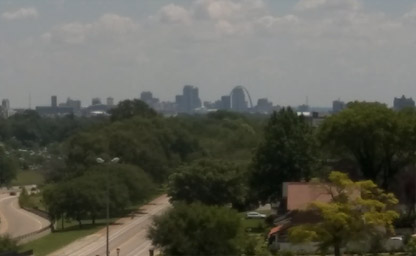
St. Louis Skyline
From the Powers Insurance & Risk Management location in Clayton, MO

From the Powers Insurance & Risk Management location in Clayton, MO

From the inception of The Encore Lakeside Grill & Sky Bar
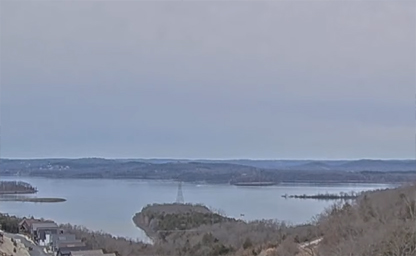
Winding down through the valleys and hollows of the Ozark Mountains
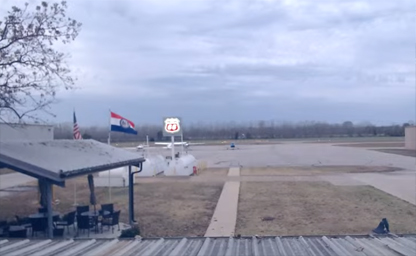
Situated in the city of Maryland Heights and is named for Creve Coeur Lake
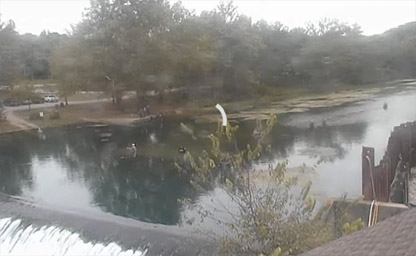
Located in the scenic Ozarks of Missouri
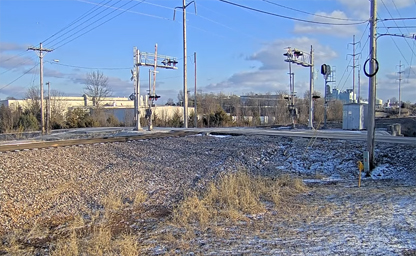
This is a steady main line seeing 20-25 trains a day on average
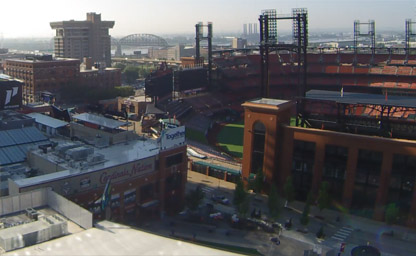
See Cardinals games from seats located on the rooftop
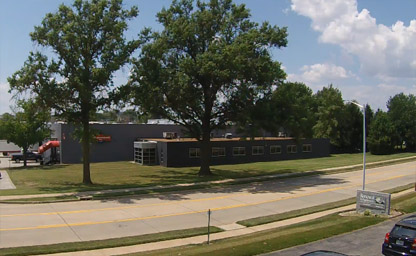
Located from the Renewal by Anderson building
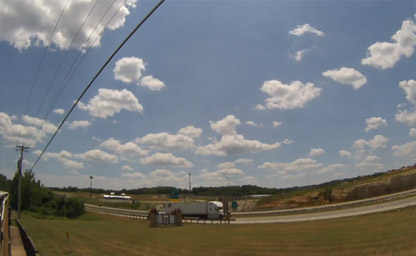
Situated from Interstate 55, runs from the Arkansas state line to the Poplar Street Bridge
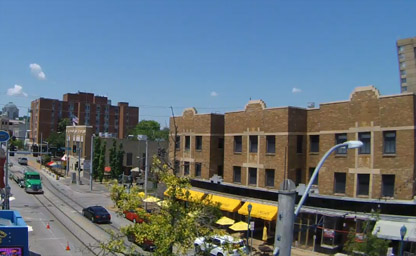
In the Delmar Loop neighborhood in University City
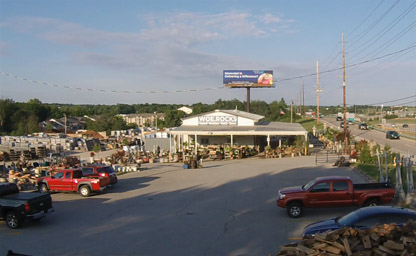
At their location in St Charles on South St Peters Pkwy
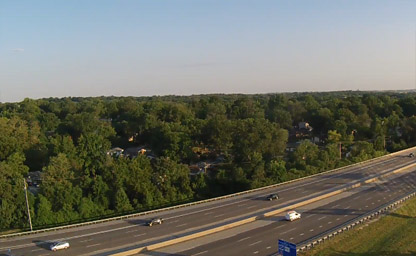
At World Wide Technology’s Maryland Heights headquarters
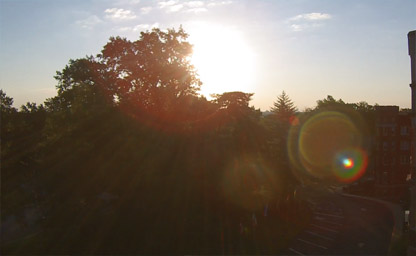
A private university with its main campus in Webster Groves
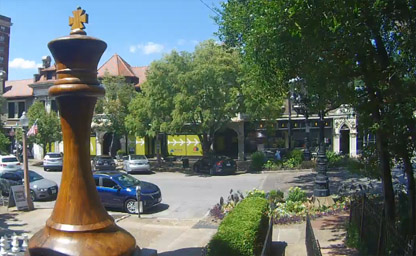
In the Central West End neighborhood of St. Louis
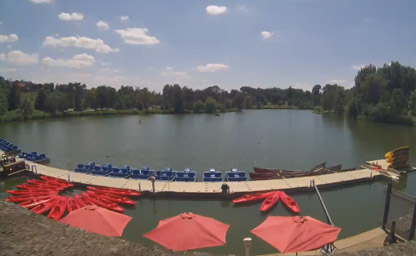
A public park in western St. Louis, Missouri
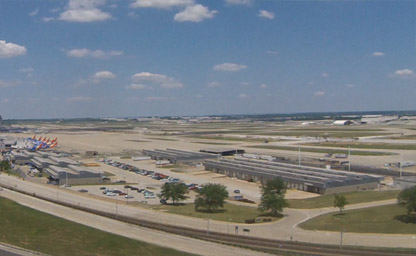
The primary commercial airport serving metropolitan St. Louis
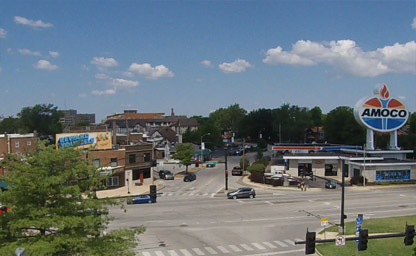
Situated at the intersection of Oakland, Clayton, and Forest Avenues
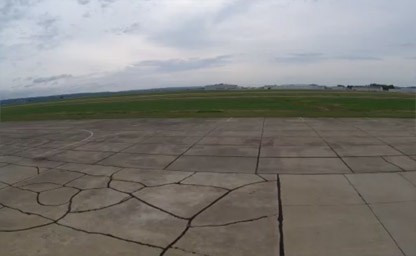
Situated approximately nine miles north of Perryville’s central business district
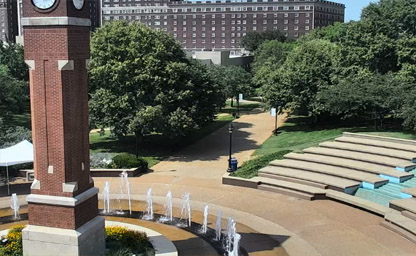
It is the oldest university west of the Mississippi River
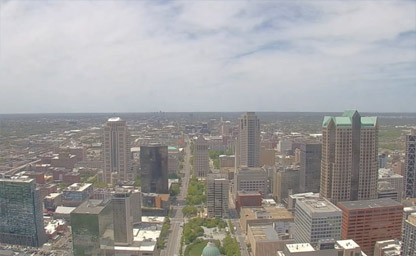
View from the eastern windows of the Gateway Arch
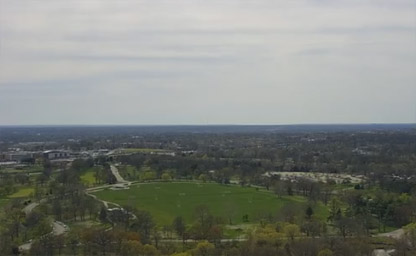
A beautiful public park in western St. Louis, Missouri
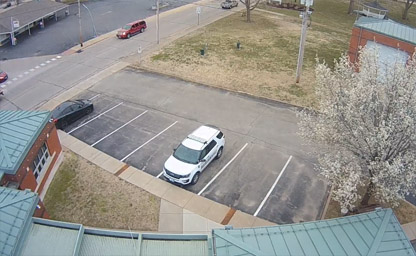
A city in St. Francois County situated about 75 miles southwest of St. Louis
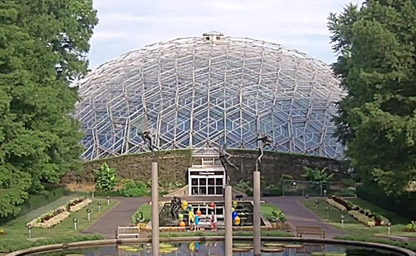
A beautiful botanical garden situated at 4344 Shaw Boulevard
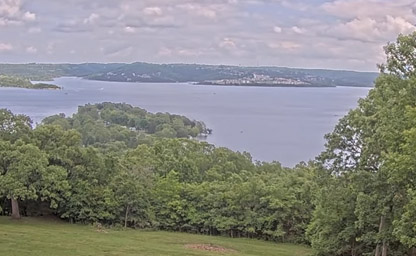
Winding down through the beautiful valleys and hollows of the Ozark Mountains

A beautiful city in St. Louis County, Missouri
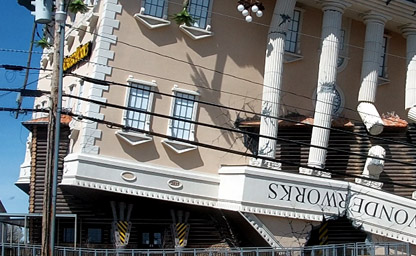
WonderWorks features rides, science exhibits and more
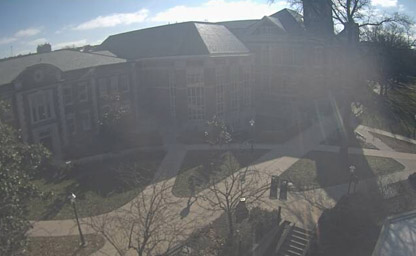
View from the J-School’s north corner, Francis Quadrangle and Mizzou campus

Great opportunity to socialize your pet and burn off that extra energy

Veterinary clinic, dog daycare and pet lodge

High quality pet health and wellness services

Canine accommodations will include standard runs, large runs and suites
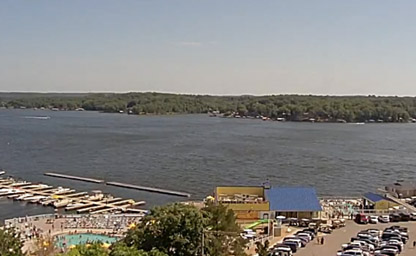
A reservoir created by impounding the Osage River
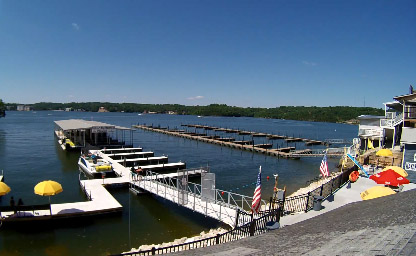
Located at Paradise Marina and Watersports
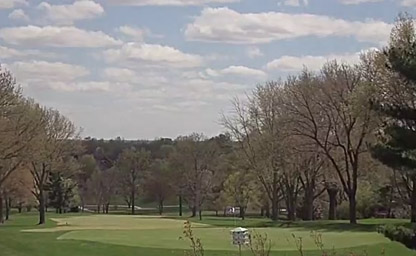
Sits on the eastern edge of Kansas, at the border with Missouri
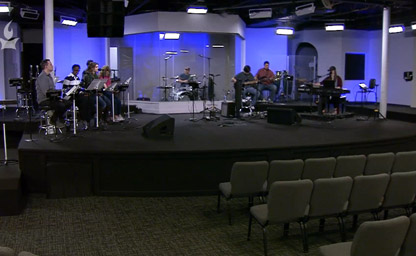
International House of Prayer started a prayer and worship meeting in Kansas City
Live webcam views from Missouri provide a real-time look at the Show-Me State’s diverse landscapes, historic landmarks, and bustling cities. From the rolling hills of the Ozarks to the vibrant streets of St. Louis and Kansas City, these cameras offer a dynamic window into Missouri’s charm and character.
Nature enthusiasts can enjoy streams showcasing the scenic beauty of Missouri’s parks and wilderness areas. Webcams in places like the Ozark National Scenic Riverways, Table Rock Lake, and the Katy Trail reveal lush forests, serene rivers, and breathtaking outdoor adventures.
Urban-focused webcams capture the energy of Missouri’s cities. In St. Louis, live views of the iconic Gateway Arch and the Mississippi Riverfront offer a glimpse of the city’s historic and cultural vibrancy. Kansas City webcams highlight landmarks such as the Country Club Plaza, Union Station, and the bustling downtown area.
Missouri’s rich history is on display through live cameras positioned near historic sites like Independence’s Pioneer Trails or Civil War battlefields. These feeds allow viewers to connect with the state’s fascinating past and heritage.
Seasonal beauty is a highlight of Missouri’s webcams, with colorful fall foliage, snow-dusted winter landscapes, and the vibrant greenery of spring and summer. Popular destinations like the Lake of the Ozarks showcase year-round activities, from boating and fishing to enjoying holiday lights and festivals.
Whether you’re planning your next visit, exploring nature, or discovering Missouri’s culture and history, live webcam views offer a compelling way to experience the heart of the state from wherever you are.
Missouri, often referred to as the "Show-Me State," has a deeply rooted and multifaceted history that mirrors the broader story of the United States. Long before European settlers arrived, the region was home to Native American cultures such as the Mississippians, known for their impressive mound-building societies. Cahokia, located near present-day St. Louis, was the epicenter of this advanced civilization and remains one of the most significant archaeological sites in North America, showcasing the ingenuity and complexity of pre-Columbian life.
French explorers were the first Europeans to establish a presence in Missouri during the late 17th century. Jacques Marquette and Louis Jolliet traveled down the Mississippi River in 1673, marking the beginning of European influence in the region. By the early 18th century, French settlers had founded communities like Ste. Genevieve (1735) and St. Louis (1764), which became hubs for fur trading and cultural exchange. St. Louis, strategically located at the confluence of the Mississippi and Missouri Rivers, grew into a vital port and gateway to the West.
Missouri changed hands several times during its early history. After the French and Indian War, it came under Spanish control, though French culture and influence persisted. In 1800, Spain returned the territory to France, only for it to be sold to the United States in 1803 as part of the Louisiana Purchase. The purchase doubled the size of the young nation, and Missouri became a focal point for westward expansion. Lewis and Clark’s famed Corps of Discovery embarked on their expedition from St. Charles, Missouri, in 1804, further solidifying the state’s role as the "Gateway to the West."
Missouri’s path to statehood was fraught with political and social tensions. In 1821, it entered the Union as the 24th state under the Missouri Compromise, a pivotal agreement that attempted to maintain the balance of power between free and slave states. Missouri was admitted as a slave state, while Maine entered as a free state, showcasing the growing sectionalism that would eventually lead to the Civil War.
During the Civil War, Missouri was a border state with divided loyalties. Although it remained in the Union, a significant portion of its population supported the Confederacy. The state saw numerous battles and skirmishes, including the Battle of Wilson’s Creek in 1861, one of the war’s earliest major conflicts. Guerrilla warfare also plagued Missouri, with figures like William Quantrill and "Bloody Bill" Anderson leaving lasting scars on its history.
Post-Civil War Missouri emerged as a key player in America’s industrial and agricultural development. St. Louis became a thriving metropolis and host of the 1904 World’s Fair, which introduced innovations like the ice cream cone and showcased the city’s prominence. Kansas City, on the western side of the state, grew into a hub for railroads, jazz music, and barbecue, cementing Missouri’s cultural legacy.
Today, Missouri is celebrated for its rich history, diverse cultural heritage, and pivotal role in the story of the United States. From the trails of pioneers heading west to the rhythms of jazz and blues, Missouri’s past continues to shape its vibrant present.
Missouri’s climate is classified as humid continental in the northern regions and humid subtropical in the southern areas, resulting in a diverse range of weather patterns. The state experiences four distinct seasons, each contributing to its unique charm and array of outdoor activities.
Winters in Missouri are typically cold, with average temperatures ranging from the low 20s to mid-30s Fahrenheit. Snowfall is common, especially in the northern parts of the state, though it varies significantly year to year. Southern Missouri, particularly the Ozarks, sees milder winters, making it a popular destination for those seeking outdoor activities during colder months.
Spring in Missouri is marked by warming temperatures and blooming landscapes. Average highs range from the 50s to 70s Fahrenheit, making it an ideal time to explore the state’s parks and trails. However, spring also brings the threat of severe weather, including thunderstorms and tornadoes. Missouri lies within "Tornado Alley," with April through June being the peak season for these storms. Despite the risks, spring remains one of the most beautiful and vibrant times to visit the state.
Summers are hot and humid, with average highs in the mid-80s to 90s Fahrenheit. The humidity can make the air feel even warmer, particularly in July and August. Missouri’s numerous lakes and rivers, such as the Lake of the Ozarks and the Missouri River, provide refreshing escapes from the summer heat. Water sports, fishing, and boating are popular summer activities, drawing both locals and tourists to the state’s scenic waterways.
Autumn is arguably one of the most picturesque seasons in Missouri. The fall foliage, particularly in the Ozark Mountains, creates a stunning tapestry of red, orange, and gold. Temperatures cool to comfortable levels, ranging from the 50s to 70s Fahrenheit, making it an ideal time for hiking, camping, and attending local festivals. Harvest season also brings an abundance of fresh produce, from apples to pumpkins, adding to the charm of fall in Missouri.
Missouri’s geography is incredibly diverse, offering a mix of rolling plains, dense forests, river valleys, and rugged hills. The state spans approximately 69,715 square miles, making it the 21st largest state in the U.S. Its location at the crossroads of the Mississippi and Missouri Rivers has historically made it a vital transportation and trade hub.
The northern portion of Missouri is characterized by fertile plains and farmland, part of the larger Corn Belt that extends across the Midwest. This region is ideal for agriculture, producing crops such as corn, soybeans, and wheat. The area’s gently rolling terrain and expansive fields make it a quintessential representation of the heartland.
Central Missouri is home to the Missouri River Valley, which serves as a natural corridor for wildlife and a center for wine production. The Hermann and Augusta regions are renowned for their vineyards and wineries, offering a taste of Missouri’s agricultural and cultural richness. The Missouri River itself, the longest river in the United States, is a defining feature of the state, shaping its economy and history.
Southern Missouri, dominated by the Ozark Plateau, offers a striking contrast to the plains of the north. The Ozarks are a rugged and scenic region filled with rolling hills, caves, and waterways. Popular destinations like Branson, Table Rock Lake, and the Mark Twain National Forest draw outdoor enthusiasts year-round. The karst topography of the Ozarks also creates numerous caves and sinkholes, making Missouri a haven for spelunkers and geologists.
The southeastern corner of the state, known as the Bootheel, is part of the Mississippi Alluvial Plain. This low-lying region is rich in wetlands and fertile soil, supporting rice and cotton farming. It also features unique ecological habitats, such as cypress swamps, that are rare elsewhere in the state.
Missouri’s urban centers, including St. Louis, Kansas City, Springfield, and Columbia, are nestled within this varied landscape. These cities serve as cultural and economic hubs, offering a blend of historical landmarks, modern amenities, and vibrant arts scenes. The Gateway Arch in St. Louis, the nation’s tallest man-made monument, is a symbol of Missouri’s role as the "Gateway to the West."
If you’re planning a visit to Missouri, don’t miss the opportunity to explore the Katy Trail State Park. Spanning over 240 miles, this scenic trail follows the former route of the Missouri-Kansas-Texas Railroad and offers a fantastic way to experience the state’s natural beauty and history, whether you’re biking, hiking, or walking.
An interesting fact about Missouri is that it has more caves than any other state, earning it the nickname "The Cave State." With over 7,000 documented caves, including the famous Meramec Caverns and Onondaga Cave State Park, Missouri is a paradise for spelunkers and adventure seekers alike.